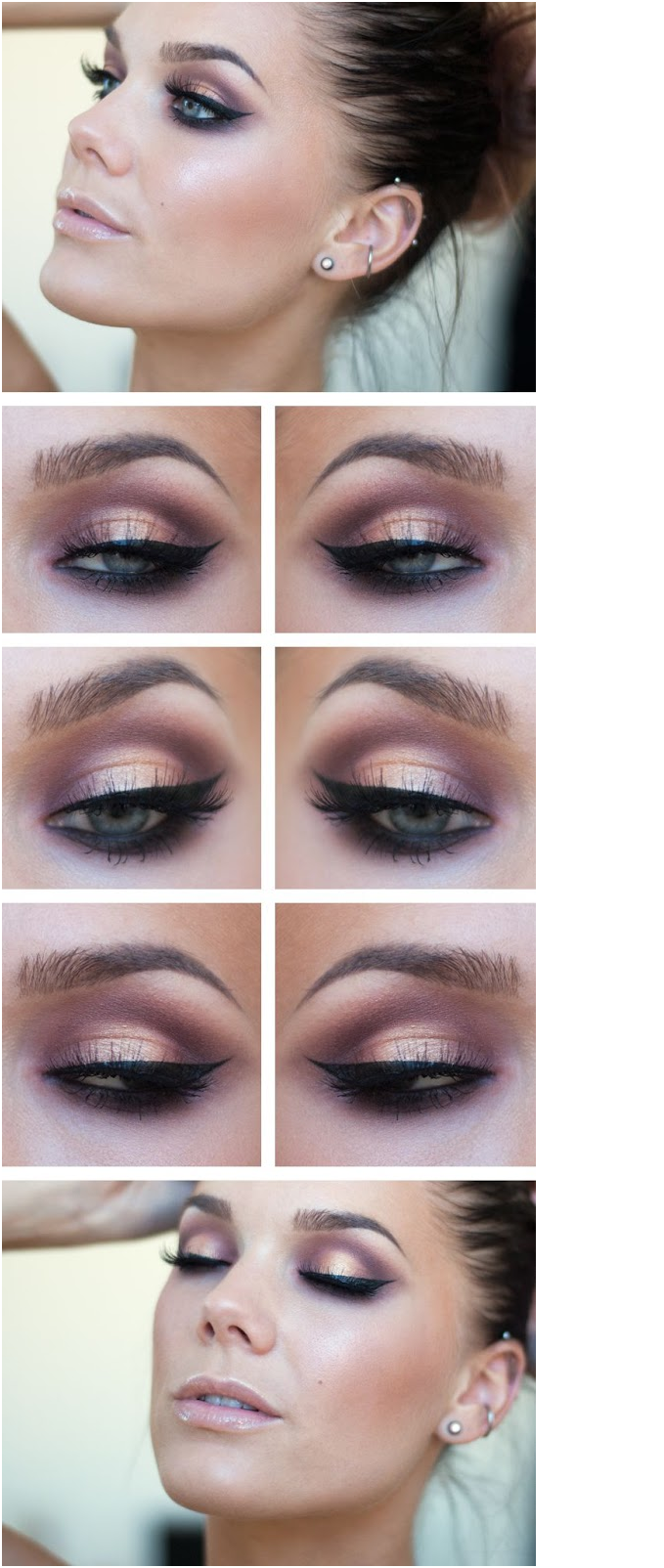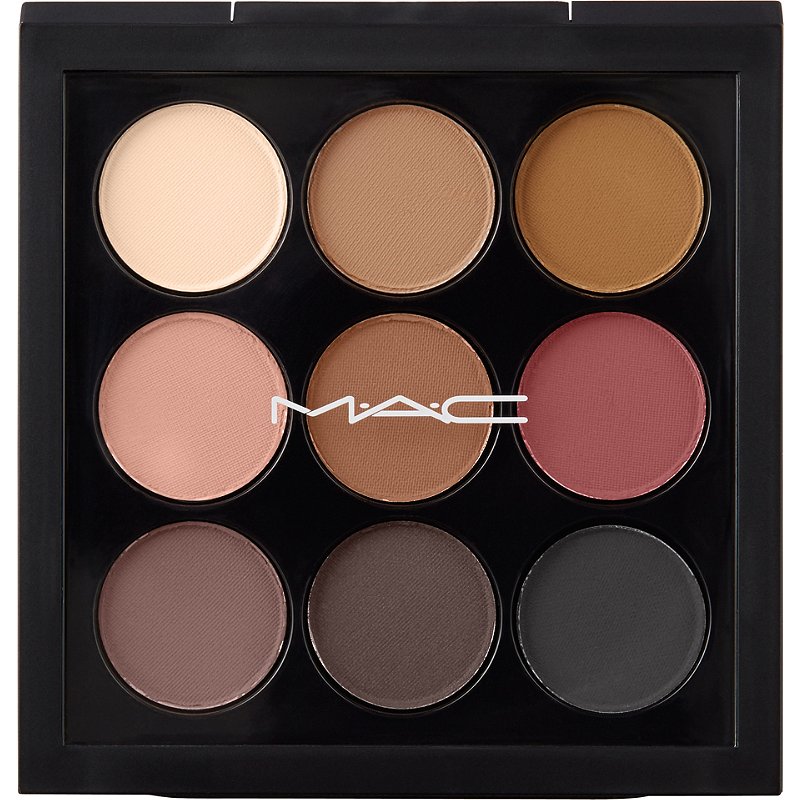
How FDA has followed upįDA continues to monitor levels of phthalates in cosmetic products. Based on this information, FDA determined that there wasn’t a sound, scientific basis to support taking regulatory action against cosmetics containing phthalates. While the CDC report noted elevated levels of phthalates excreted by women of child-bearing age, neither this report nor the other data reviewed by FDA established an association between the use of phthalates in cosmetic products and a health risk. FDA participates in CIR on a non-voting basis and may or may not accept CIR findings.)įDA reviewed the safety and toxicity data for phthalates, including the CDC data from 2001, as well as the CIR conclusions based on reviews in 19. (The CIR is an industry-sponsored organization that reviews cosmetic ingredient safety and publishes its results in open, peer-reviewed literature. The panel found that exposures to phthalates from cosmetics were low compared to levels that would cause adverse effects in animals. (See “Annual Review of Cosmetic Ingredient Safety Assessments 2002/2003,” International Journal of Toxicology (Supplement 1), 1-102, 2005.) Looking at maximum known concentrations of these ingredients in cosmetics, the panel evaluated phthalate exposure and toxicity data, and conducted a safety assessment for dibutylphthalate in cosmetic products. In 2002, the Cosmetic Ingredient Review (CIR) Expert Panel reaffirmed its original conclusion (reached in 1985), finding that DBP, DMP, and DEP were safe as used in cosmetic products. However, the CDC survey was not intended to make an association between the presence of environmental chemicals in human urine and disease, but rather to learn more about the extent of human exposure to industrial chemicals.

One group of chemicals surveyed was phthalates. population for environmental chemicals in urine. The Centers for Disease Control and Prevention (CDC) released a report on March 21, 2001, titled "National Report on Human Exposure to Environmental Chemicals." The report described a survey of a small segment of the U.S. An expert panel convened from 1998 to 2000 by the National Toxicology Program (NTP), part of the National Institute for Environmental Safety and Health, concluded that reproductive risks from exposure to phthalates were minimal to negligible in most cases.

It's not clear what effect, if any, phthalates have on human health.

DEP is the only phthalate still commonly used in cosmetics. According to FDA's latest survey of cosmetics, conducted in 2010, however, DBP and DMP are now used rarely. Historically, the primary phthalates used in cosmetic products have been dibutylphthalate (DBP), used as a plasticizer in products such as nail polishes (to reduce cracking by making them less brittle) dimethylphthalate (DMP), used in hair sprays (to help avoid stiffness by allowing them to form a flexible film on the hair) and diethylphthalate (DEP), used as a solvent and fixative in fragrances. How phthalates have been used in cosmetics

Phthalates are a group of chemicals used in hundreds of products, such as toys, vinyl flooring and wall covering, detergents, lubricating oils, food packaging, pharmaceuticals, blood bags and tubing, and personal care products, such as nail polish, hair sprays, aftershave lotions, soaps, shampoos, perfumes and other fragrance preparations.
Best mac eyeshadows for blue eyes fair skin how to#
How to know if there are phthalates in the cosmetics you use.What we know about infant exposure to phthalates.How phthalates have been used in cosmetics.Here are answers to questions consumers often ask about these ingredients. FDA has received a number of inquiries on the safety of phthalates, which are used in a variety of cosmetics as well as other consumer products.


 0 kommentar(er)
0 kommentar(er)
